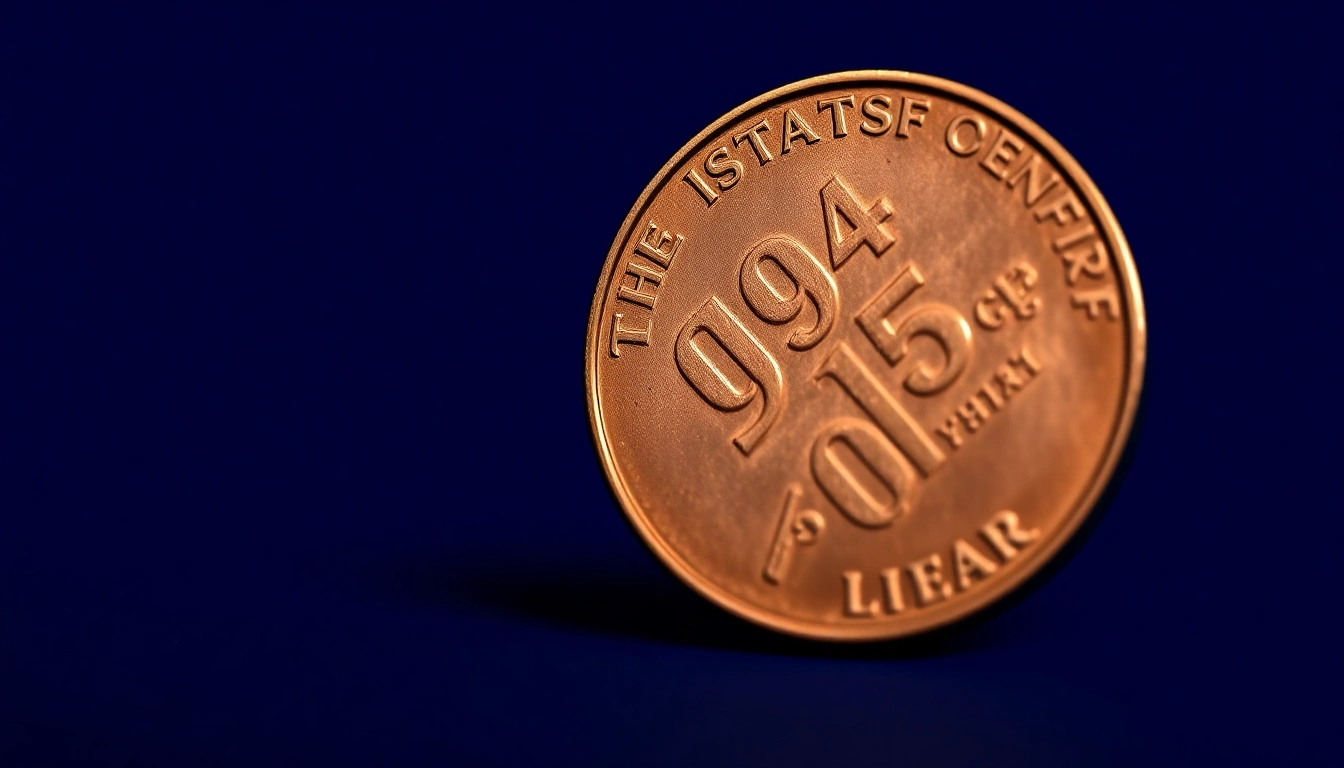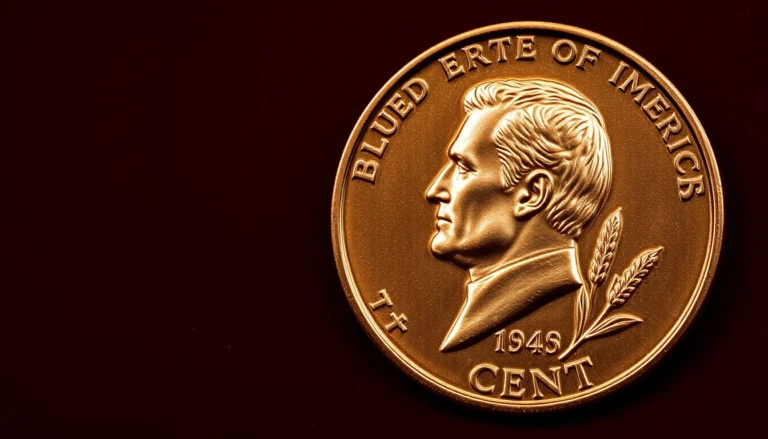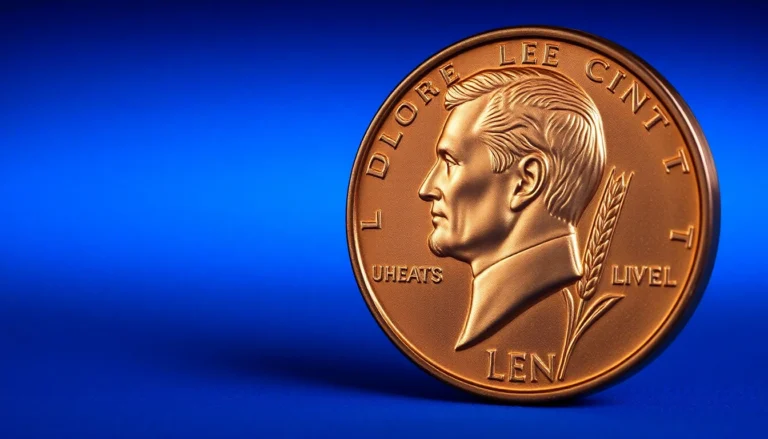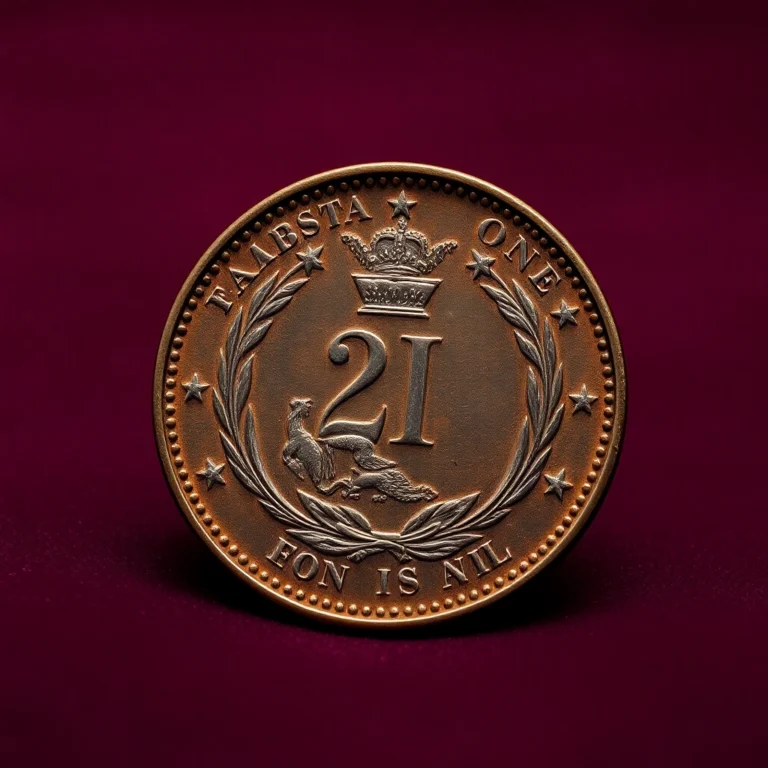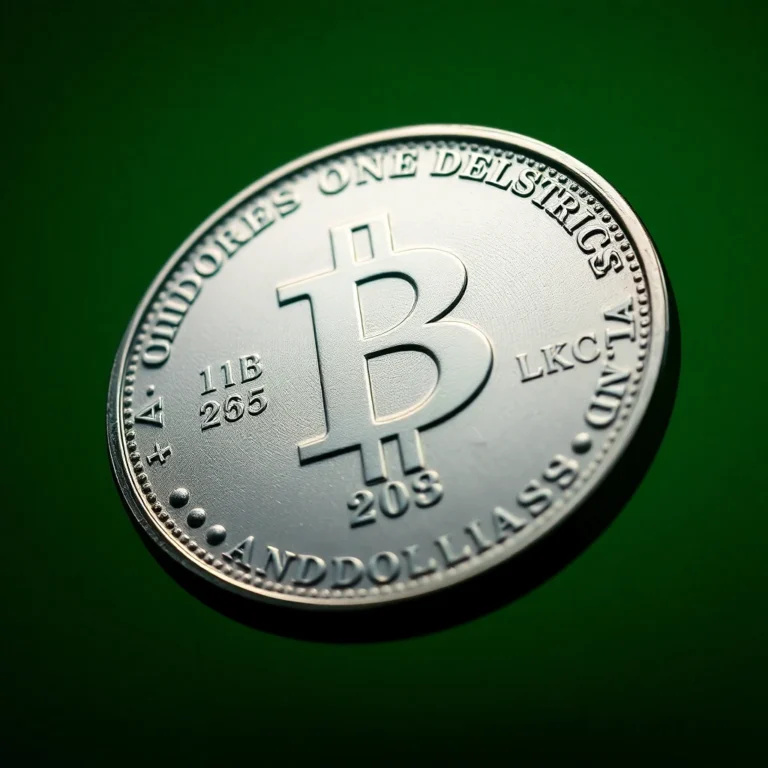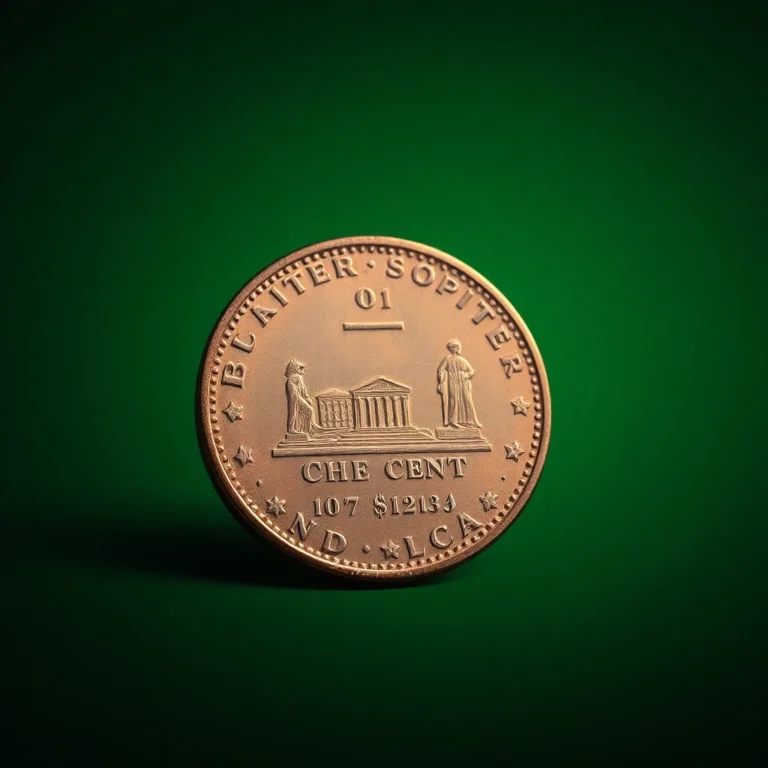Imagine finding a treasure hidden in plain sight, nestled among the ordinary coins in your pocket change. For coin collectors, the 1943 Copper Lincoln Penny is just that—a numismatic anomaly that has captured imaginations and sparked treasure hunts across generations. Struck during World War II, this coin is an unintended masterpiece born from a mix-up in the U.S. Mint, where a few copper planchets were mistakenly used instead of the wartime steel.
For collectors, the allure lies not just in the penny’s rarity but in its historical significance, representing a time when every resource was precious. In this article, you’ll uncover the secrets of spotting this elusive penny, learn about the captivating story behind its creation, and discover the techniques experts use to authenticate it. Whether you’re a seasoned collector or a curious novice, the 1943 Copper Lincoln Penny offers a glimpse into the thrilling world of numismatics.
Stay tuned to learn why finding one could be akin to hitting the jackpot, with values soaring to extraordinary heights in auctions. Could you be holding a fortune in the palm of your hand?
The 1943 Copper Lincoln Penny: How to Spot the Rare Treasure in Your Pocket
The 1943 Copper Lincoln Penny is one of the most celebrated and mysterious coins in American numismatics. Its rarity and historical significance have enthralled collectors and treasure hunters alike. Understanding its origins, characteristics, and value can help you determine if you possess one of these valuable artifacts.
Historical Background and Significance
During World War II, the United States experienced a shortage of copper, a critical material for war production. As a result, the U.S. Mint decided to produce the 1943 Lincoln pennies using zinc-coated steel, leading to the iconic appearance of the 1943 steel cent. However, a small number of copper planchets (the metal discs used to strike coins) were mistakenly used, resulting in the extremely rare 1943 copper pennies. These coins were not discovered until years later, making them a prized find for collectors.
Physical Characteristics and Design
The 1943 Copper Lincoln Penny features the classic design by Victor D. Brenner, with Abraham Lincoln on the obverse and two wheat ears on the reverse. Unlike the common 1943 steel cents, these rare copper pennies have a warm, brown hue typical of Lincoln pennies from other years. They weigh approximately 3.11 grams, similar to pre- and post-1943 copper pennies, compared to the 2.7 grams of the steel cents.
Mintage Figures and Rarity
The exact number of 1943 Copper Lincoln Pennies that were accidentally minted remains unknown, but estimates suggest there are about 10 to 20 surviving specimens. Their rarity is further accentuated by the fact that they were never intended to be produced, making each discovery a significant event in the numismatic world.
Known Varieties or Errors
While the 1943 Copper Lincoln Penny is itself an error, there are no known varieties of this coin. However, it’s essential to be aware of counterfeit examples in circulation, often created by coating steel cents with copper or altering the date on other copper pennies.
Value Information
The value of a 1943 Copper Lincoln Penny varies significantly based on its condition, provenance, and market demand. Below is a table outlining the estimated value range by grade:
| Grade | Value Range |
|---|---|
| Good (G-4) | $60,000-$80,000 |
| Very Good (VG-8) | $80,000-$100,000 |
| Fine (F-12) | $100,000-$150,000 |
| Very Fine (VF-20) | $150,000-$200,000 |
| Extremely Fine (EF-40) | $200,000-$300,000 |
| About Uncirculated (AU-50) | $300,000-$400,000 |
| Mint State (MS-60) | $400,000-$600,000 |
| Gem Mint State (MS-65) | $600,000-$1,000,000 |
Authentication Tips
Due to their high value, 1943 Copper Lincoln Pennies are often counterfeited. Here are some tips for authenticating these rare coins:
- Check the weight: Authentic copper pennies weigh about 3.11 grams.
- Use a magnet: Steel cents are magnetic, but copper is not.
- Consult a professional: Always have a suspected 1943 copper penny authenticated by a reputable coin dealer or grading service.
Keep an eye on your pocket change and coin collections—you might just have a piece of numismatic history waiting to be discovered! 🏆
FAQs
What is the value of a 1943 Copper Lincoln Penny, and how is it graded?
The 1943 Copper Lincoln Penny is extremely rare and can be worth from tens of thousands to over a million dollars, depending on its condition and market demand. Grading is crucial in determining its value, with factors such as strike quality, surface preservation, and color affecting the coin’s grade. Collectors should seek a professional grading service to assess the coin accurately.
How can I authenticate a 1943 Copper Lincoln Penny?
Authenticating a 1943 Copper Lincoln Penny involves several steps. First, test its magnetic properties—genuine copper pennies won’t stick to a magnet, unlike the common steel pennies from that year. Additionally, weigh the coin; a copper penny should weigh around 3.11 grams. For definitive authentication, consult with a reputable numismatic expert or grading service that can verify its authenticity through advanced methods.
What advice can you offer to collectors interested in acquiring a 1943 Copper Lincoln Penny?
Collectors should conduct thorough research and purchase from reputable dealers or auction houses. It’s essential to verify the coin’s authenticity before buying, ideally through a professional grading service. Be wary of deals that seem too good to be true, and always prioritize provenance and certification over mere appearance.
What is the historical significance of the 1943 Copper Lincoln Penny?
The 1943 Copper Lincoln Penny is significant because it was an accidental rarity created during World War II when the U.S. Mint switched to steel pennies to conserve copper for the war effort. A small number were mistakenly struck on leftover copper planchets from 1942, making them highly sought after by collectors.
Are there any common varieties or errors associated with the 1943 Copper Lincoln Penny?
The most notable “error” is the 1943 copper penny itself, as it was not intended for circulation. However, collectors should be aware of counterfeit attempts where copper-coated steel pennies are passed off as the rare copper version. Always verify the coin’s authenticity through weight, magnetism, and professional assessment to avoid counterfeits.
